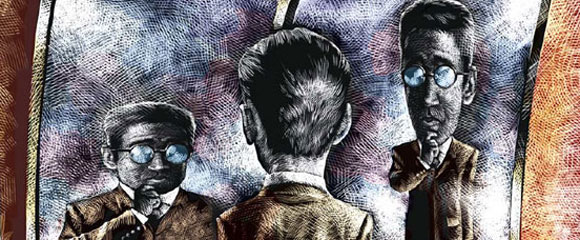NASA begins work to bring back supersonic passenger travel
Updated: 2016-03-01 10:51
(Xinhua)
|
|||||||||
NASA Administrator Charles Bolden announced at an event at the Ronald Reagan Washington National Airport in Arlington, Virginia, that the agency has selected a team led by defense giant Lockheed Martin to complete the preliminary design for the Quiet Supersonic Technology (QueSST) aircraft within 17 months.
"We're here today to talk about NASA's work to make flight cleaner, greener, safer and quieter -- all while developing aircraft that travel faster -- and building an aviation system that operates more efficiently," Bolden said at the event.
"And here's the magical part: the design is for a piloted test aircraft that can fly at supersonic speeds but create a sonic boom that's more like a soft thump instead of the annoying 'boom' that currently prohibits commercial supersonic flight over land," he said.
The detailed design and building of the QueSST aircraft will fall under a future contract competition, the space agency said.
QueSST is part of NASA's 10-year New Aviation Horizons initiative, which "has the ambitious goals of reducing fuel use, emissions and noise through innovations in aircraft design that departs from the conventional tube-and-wing aircraft shape".
The New Aviation Horizons X-planes, according to NASA, will typically be about half-scale of a production aircraft and likely are to be piloted.
Design-and-build will take several years, with aircraft starting their flight campaign around 2020 depending on funding, it added.
The first aircraft to break the speed of sound was the Bell X-1, a joint effort of the Bell Aircraft Corp., the US Air Forces and the predecessor of today's NASA, known as the US National Advisory Committee on Aeronautics.
Related Stories
NASA awards space station cargo contracts to 3 private companies 2016-01-15 10:01
NASA releases stunning images of our planet from space station 2015-12-31 13:07
NASA reveals entire alphabet but F in satellite images 2015-12-31 07:57
Today's Top News
British PM threatened with 'no confidence vote'
70,000 may become trapped in Greece
'Grow people' for long-term China-UK relations
Points of view
Small island makes a big difference
Rubio, Cruz gang up on Trump in debate ploy
'Invented-in-China’ products to the fore at MWC
Beijing edges NYC as home to most billionaires
Hot Topics
Lunar probe , China growth forecasts, Emission rules get tougher, China seen through 'colored lens', International board,
Editor's Picks

|

|

|

|

|

|






